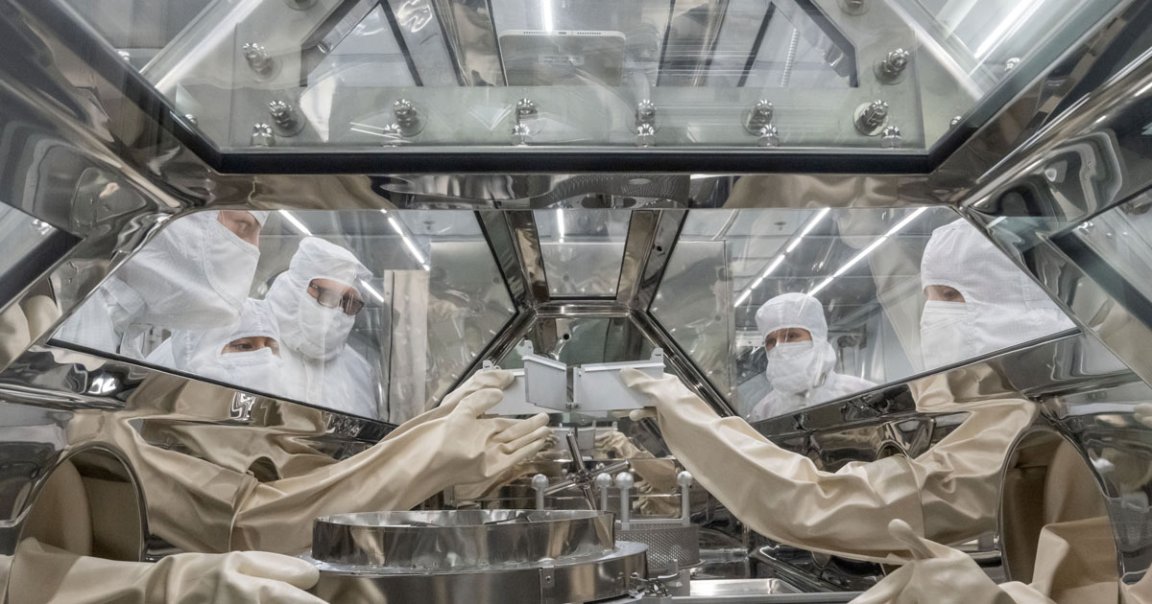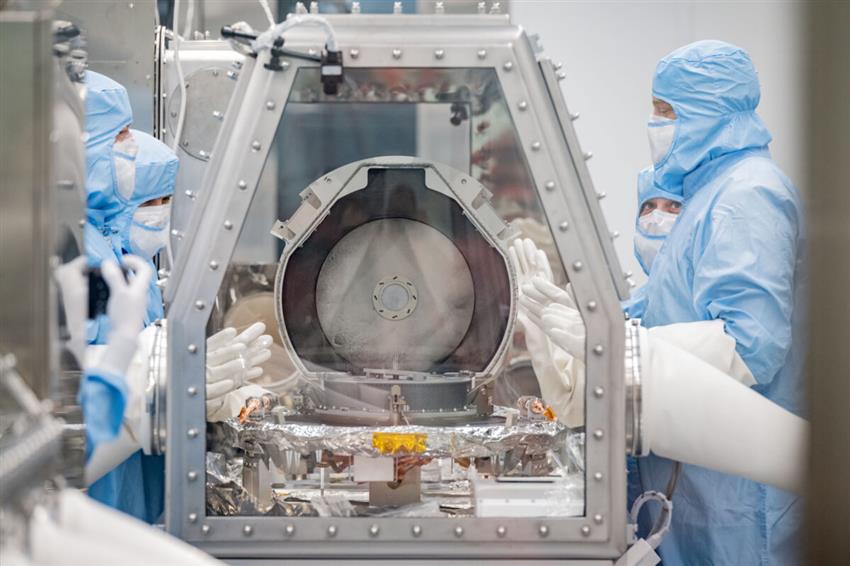
Lock Box
In many ways, NASA’s OSIRIS-REx asteroid sample return mission has already been a huge success.
Based on a preliminary analysis of samples found outside the main container storing the samples, the space agency announced that the asteroid material appeared to be rich in both water and carbon, supporting the theory that space rocks like Bennu may have played an important role in the development of life on our own planet.
But getting inside that container storing the lion’s share of the samples, which is called the Touch-and-Go Sample Acquisition Mechanism (TAGSAM), has proven challenging. According to a NASA update, the OSIRIS-REx team discovered that “two of the 35 fasteners on the TAGSAM head could not be removed with the current tools approved for use in the OSIRIS-REx glovebox.”
In other words, minus all the technical speak, they’re having trouble getting the damn thing open.
Handle With Care
After recovering the OSIRIS-REx return capsule in the Utah desert last month, scientists carefully loaded the precious cargo into a specialized “glovebox” at NASA’s Johnson Space Center in Houston, where scientists have been poring over the samples ever since.
This glovebox is an enclosed container that is purged with nitrogen to prevent contamination. It’s essentially a big cabinet with glass walls, allowing scientists to handle the samples through integrated gloves — as seen below — without the risk of introducing any Earth-based contaminants.

That means manipulating the samples within can be tricky, since the team is limited to the tools already present inside the glovebox.
As a result of the two offending fasteners, the team “has been working to develop and implement new approaches to extract the material inside the head while continuing to keep the sample safe and pristine,” according to NASA.
For now, the team has been using tweezers to recover at least some of the materials inside TAGSAM, yielding just over two ounces of samples, which fortunately exceed the minimum required amount for the next steps of the team’s analysis, per the update.
Despite the snag, the mission has already offered us tantalizing glimpses into the earliest days of our solar system — and we can’t wait to find out what the team discovers next.
More on the mission: NASA Announces Asteroid Samples Contain Both Water and Carbon